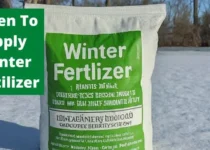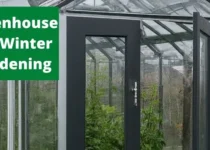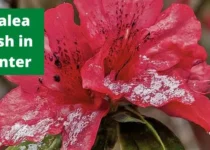What is Overwintering?
Overwintering refers to the process by which plants, animals, and even some insects survive the harsh conditions of winter. It’s a period of dormancy or reduced activity to conserve energy and resources until favorable conditions return.
Here’s a breakdown of overwintering in different contexts:
1. Plants:
- Dormancy: Many plants enter a dormant state during winter. They slow down their growth, reduce their metabolic rate, and lose their leaves (for deciduous trees).
- Survival Mechanisms: Plants use various adaptations to survive winter, including:
- Deep Roots: Roots that extend deep into the soil to access moisture and nutrients.
- Thick Bark: Protective outer layers that insulate the plant’s tissues.
- Seed Production: Producing seeds that can withstand winter conditions and germinate in the spring.
2. Animals:
- Hibernation: Some animals, such as bears, ground squirrels, and bats, enter a state of deep sleep during winter, characterized by a slowed heart rate, respiration, and body temperature.
- Migration: Birds and other animals migrate to warmer climates to avoid harsh winter conditions.
- Storing Food: Animals like squirrels and chipmunks gather food during the fall and store it in caches for winter use.
3. Insects:
- Diapause: Some insects enter a state of dormancy called diapause, which can occur at any stage of their life cycle (egg, larva, pupa, or adult).
- Shelter: Many insects overwinter in sheltered locations, such as under logs, bark, or in leaf litter.
Why is Overwintering Important?
Overwintering is crucial for the survival of plants and animals. It allows them to conserve energy and resources during the harshest conditions, ensuring they can thrive when spring arrives.
Overwintering in Horticulture:
In horticulture, overwintering refers to the process of protecting plants from cold weather conditions. This can involve:
- Mulching: Applying a layer of organic material around the base of the plant to insulate the roots.
- Covering: Use burlap, frost blankets, or other protective coverings to shield the plant from cold temperatures.
- Bringing Plants Indoors: Moving sensitive plants indoors to a protected environment.
Understanding overwintering helps us appreciate the resilience of nature and enables us to provide the necessary care for our plants and animals during the winter months.



